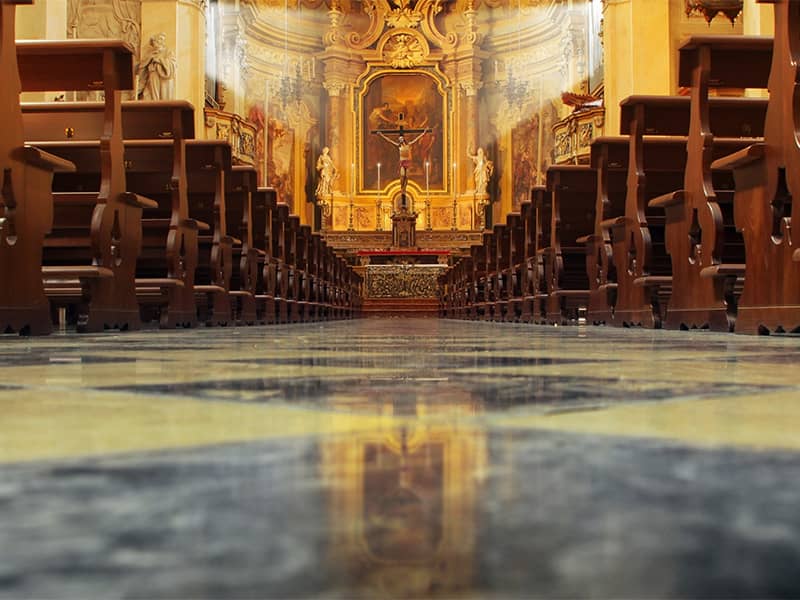"This is the list of the camps that I was in," said Ilan, 78, a Holocaust survivor. "You can count 10. I had to come out just to protect our dignity."
Protesters like Ilan chanted "Don't go in!" and "Shame on you!" on Sunday as a trickle of people arrived at the museum to see the first day of "Mirroring Evil: Nazi Imagery/Recent Art."
The exhibit contains such images as a Lego concentration camp, and a piece in which the artist has inserted a picture of himself with a Diet Coke can into a photo of concentration camp prisoners.
"For a Jewish museum to trivialize the Holocaust is outrageous and unacceptable," said Dr. Michael Schulder, a surgeon who joined about 100 protesters behind police barricades across from the museum on Manhattan's Upper East Side.
The show drew protests from Jewish community leaders for months before it opened. The exhibit runs through June 30.
Other works include a strip of photos of costumed actors who have portrayed Nazis, such as Yul Brenner and Robert Duvall; a computerized image in which a bar code morphs into men in a concentration camp; and collages mixing pictures of nude women with those of Nazi officers.
Exhibit organizers admit the messages are complex and challenging, but say that the show's 13 artists--from eight different countries--raise questions about commercialization and iconic images of the Holocaust.
City Councilman Simcha Felder, who represents a heavily Orthodox Jewish district in Brooklyn, said the exhibit was like "rubbing salt into the wounds of survivors."
"I'm not going to debate whether it's art or not but it shouldn't be in a Jewish museum," he said.
Babette Albin, a volunteer who was keeping an eye on the protesters on behalf of the museum, said the show "puts the Holocaust on the table for discussion so that we can talk about what happened."
"Art is not a passive act," she said. "Sometimes art has to shock to wake the sensitivities of people up."
Inside the exhibit, some museum-goers examined the works silently while others murmured disapproval.
Britt Marie Sundblad, a tourist from Sweden, called Zbigniew Libera's Lego concentration camp set "horrible."
"Imagine children coming in here and seeing this," she said.
But Diane Simpson, an artist from Chicago, liked the Lego piece.
"It really gets to you in the pit of your stomach," she said.
Simpson was less enthusiastic about works by Tom Sachs, which included a gun and swastika made from a matzoh box, a cardboard death camp made from a Prada hat box and three poison gas canisters stamped with Chanel, Hermes and Tiffany labels.
In an interview with The New York Times Magazine, Sachs said he sought to link fashion and fascism, saying both are "about the loss of identity."
Simpson said Sachs was "trying too hard and he's sort of being fashionable himself in terms of the art world."

